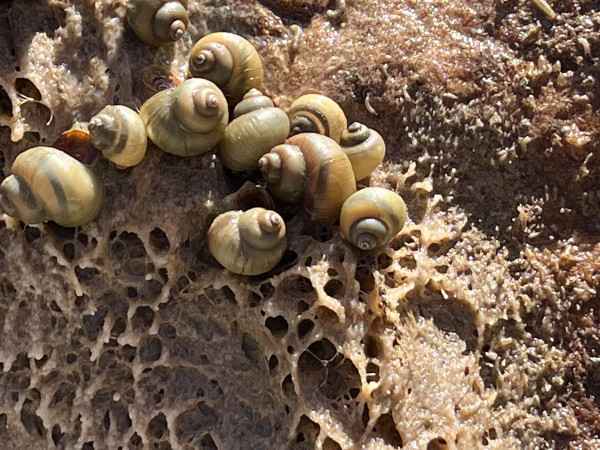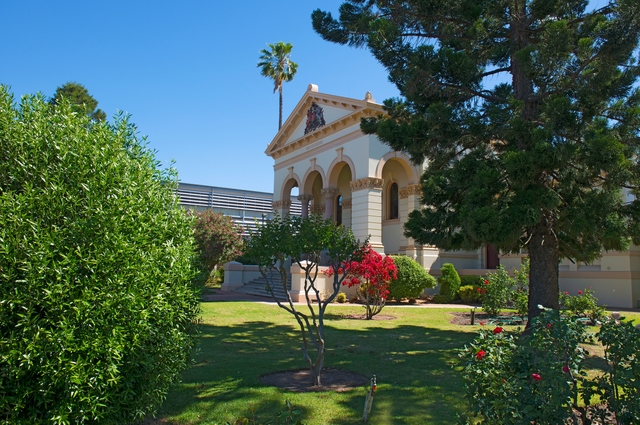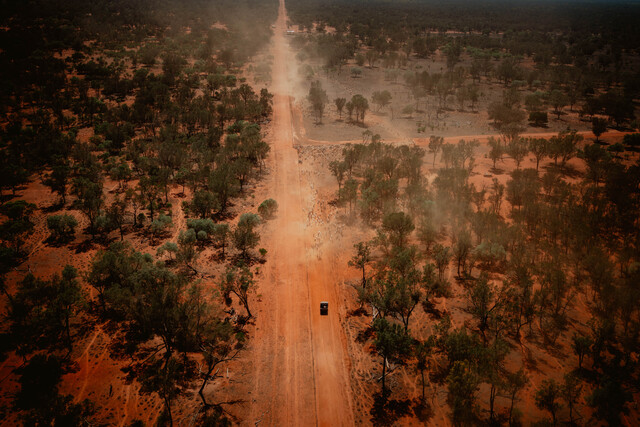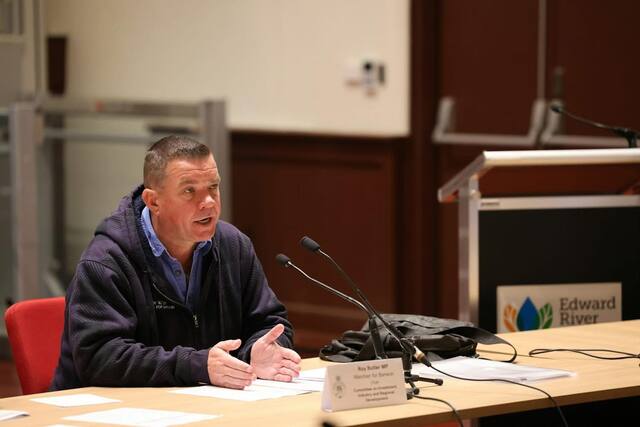THE Barkandji community in Wilcannia have discovered a population of the critically endangered Darling River Snail in the town’s old weir.
As part of a research project documenting Barkandji knowledge of the Baaka Darling River, oral histories were collected from Barkandji and kin about the changes to the river over multiple decades.
Archaeologist Sarah Martin said collected oral history from a Wilcannia resident, Amelia Whyman, indicated that there may still be snails living on the rocks in the weir.
“We interviewed one guy who was 86, down to a girl who was 16 or 17, and asked them questions about what they remember catching or seeing during their lifetime, things like catfish and black brim and mussels that disappeared a while ago,” Ms Martin said.
“And she [Whyman] talked about the snails. She said ‘I’ve seen those snails on the weir, right in the middle where the water comes over really rapidly’.”
Ms Martin informed another researcher who went and visited the weir and confirmed there were at least a few snails present.
“So then we went with a big team, seven people, and had a look and found a group of snails,” she said.
The weir, built in 1942, is planned to be replaced by a new one, with a review of the project currently being finalised by an independent review panel.
Uncle Badger Bates, a Barkandji man who grew up in Wilcannia, said it’s important the old weir is left and not demolished as has been discussed previously, particularly now that these snails have been found to inhabit it.
He said he believes the existence of the old weir is inextricably tied to the welfare of Wilcannia’s residents.
“Why we need the old weir is to keep the kids off the street,” he said.
“When they’ve got something to do, they’re down catching fish and selling it to the people at the caravan park for pocket money. If we take it away, they’ve got nothing.”
In a study conducted by the University of Technology in Sydney in 2009, residents of Wilcannia were interviewed to discuss potential reasons for the town’s high crime rates.
“The effects of the drought and the long-term lack of water in the Darling River were regularly talked about as a factor in high crime rates,” researchers Ruth McCausland and Alison Vivian write in their community report.
Mr Bates agrees that the Wilcannia community require a reliable body of water.
“When the river goes down, the crime rates go up,” Bates said.
“The government need to listen to the local people. We have to have a chance to prove ourselves that we can manage that river.”
Mr Bates remembers there being a large habitat of the Darling River Snails in Wilcannia when he was a child some 60 years ago.
“We’d take the snails across in a billy can and get catfish and all that with them,” he said.
“You’ve got to have water in the Baaka flowing all the time to keep the snails. As soon as the water goes down, the birds will eat them.”
Minister for Water, Rose Jackson’s independent review panel have finalised their report, according to a spokesperson from the Central Darling Shire Council, which is said to be released soon.







